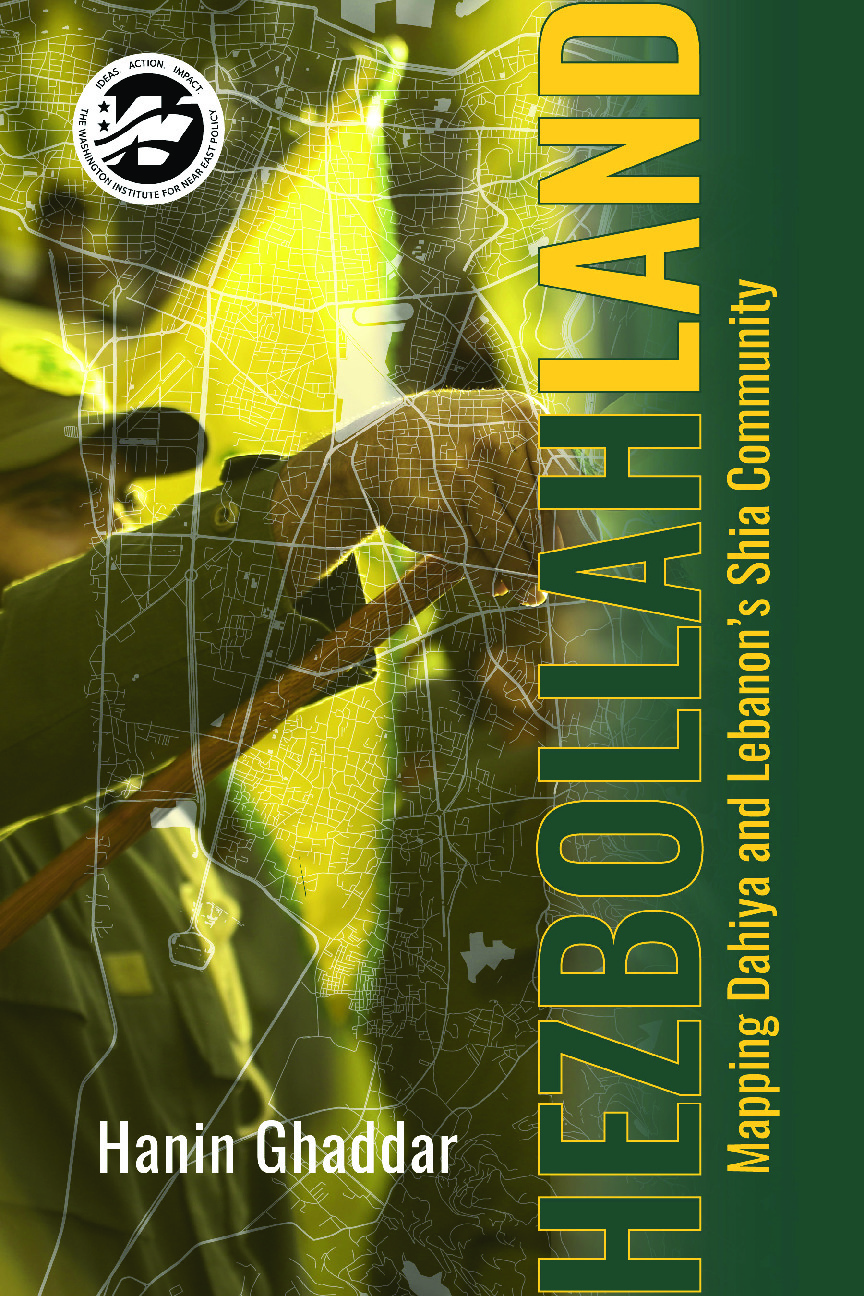
- Policy Analysis
- Policy Focus 172
Hezbollahland Mapping Dahiya and Lebanon's Shia Community

The southern Beirut suburb encompasses multiple layers of clashing and besieged identities that pose major internal challenges to Hezbollah’s hold over Lebanon.
The highway leading south from Beirut’s Rafic Hariri International Airport skirts the Hezbollah stronghold of Dahiya, allowing travelers to feel the group’s power and presence without seeing the surrounding community for what it is—multiple layers of clashing and besieged identities that pose major internal challenges to Hezbollah’s hold over Lebanon. For motorists, the highway barrier blocks any concept of the area’s polarized conditions, from the posh, shop-lined sections where senior Hezbollah officials live to the dark, impoverished warrens postered with fading images of “martyrs.” Drivers also miss the network of Iran-sponsored media channels, military depots, and religious institutions that flourish in the suburb—along with the secret prisons that fortify Hezbollah’s iron grip.
“Hanin Ghaddar’s research, culminating in this book, is essential to understanding and exposing Hezbollah’s tools—including its resistance narrative—to gain control over the Shia community and eventually Lebanon. This book includes substantial research on Hezbollah’s guiding principles, evolution, and challenges.”
In this Policy Focus, richly illustrated with local maps, former Lebanese journalist Hanin Ghaddar reveals the widening gaps between the country’s Shia community and its Hezbollah overlords, especially since mass protests shook the nation in October 2019. This analysis not only corrects past oversimplifications of Lebanese Shia, it also offers a path for policymakers seeking to undermine the militant group and give the fragile country hope for the future.
For an enhanced reading experience, click here.




